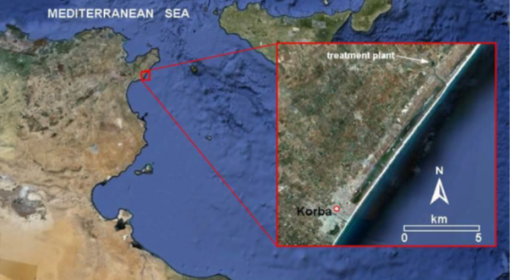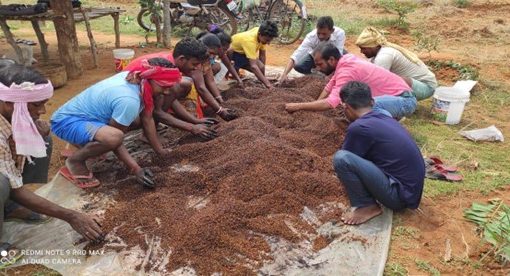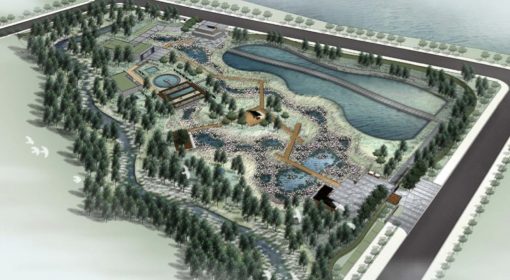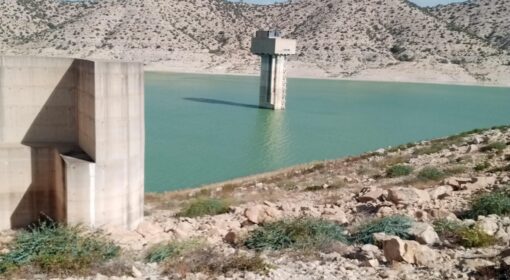The Tube recharge system
Our Earth has no scarcity of water and hence the name “the blue planet”. But ironically less than 3% of all water on earth is fresh water and even less is readily available for use. A big chunk of the “usable” fresh water, about 30%, is stored in the belly of the earth as groundwater. Figure 2 shows the amount of groundwater in comparison with surface fresh water in rivers and lakes.
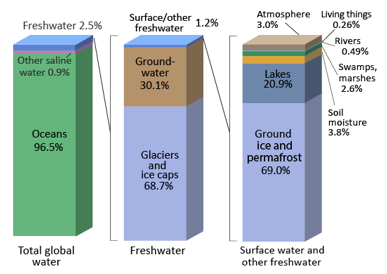
Figure 1. Global water distributions(source:water.usgs.gov)
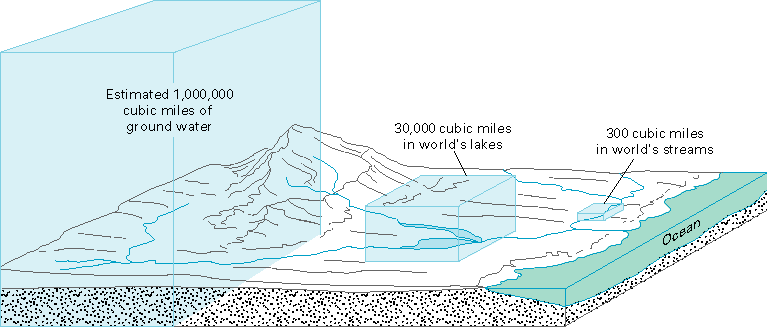
Figure 2. Groundwater amount compared to fresh water amount on Earth (Source :USGS)
In recent years dependence on groundwater for drinking and agricultural purposes has been increasing rapidly. This rise in groundwater use has caused a drop in groundwater levels in many places. Lower groundwater table means people have to dig deeper wells to get water which further depletes the water level, creating an endless vicious cycle.
Although groundwater reserve constitutes a large amount of our fresh water reserve it is still a finite resource. Groundwater needs to be constantly recharged in order to keep water levels high. A simple and low cost method of groundwater recharge is the “Tube recharge” method. This method takes inspiration from Indian recharge technologies, but it is much simpler and cheaper. Tube recharge has been implemented in Tanzania, Mozambique, Ghana, Zimbabwe, Zambia and Nicaragua and has shown promising results.
The idea behind the Tube recharge system is capturing rain water and allowing it to infiltrate into the ground bypassing the compact soil layer near drying/dried up wells to recharge groundwater reserves nearby. It is especially useful in areas where water cannot easily infiltrate the ground due to compact soil layer, erosion or brief but heavy rains. A pit is dug by hand and a smaller section is carved out inside the big pit with a recharge hole in the middle. A perforated PVC pipe with both ends closed is inserted in the recharge hole. The recharge hole and the smaller section are then filled up with sand and gravel to serve as water filter. Finally the smaller section is covered with a cloth filter and we have our recharge system!
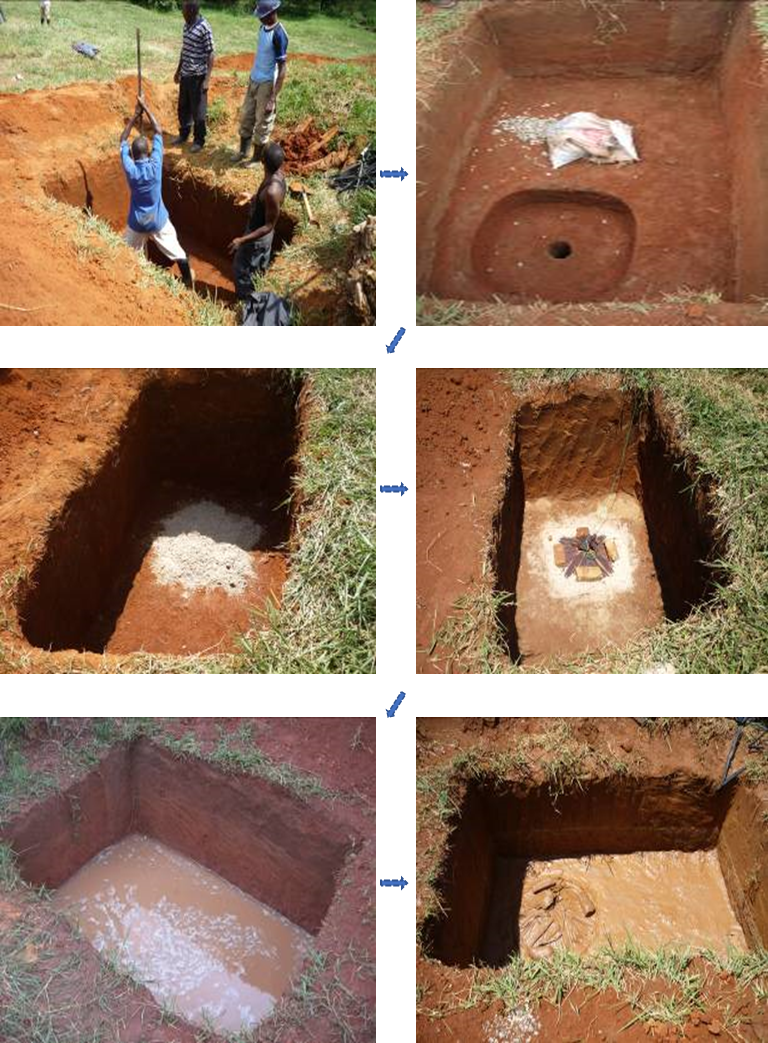
Figure 3. Tube recharge system in the making (source: SHIPO model, Tanzania SMART centre, Henk Holtslag)
When rain falls the runoff from the area accumulates in the hand dug pit and slowly infiltrates in to the ground. It is critical that the system is cleaned regularly after each rainfall event. Sediments accumulated from runoff captured in the pit clogs the filter and blocks infiltration if not cleaned regularly. The series of pictures in Figure 3 show the construction of a Tube recharge system. You can also click here and here to see videos of Tube recharge systems being made. If you want to read more about the Tube recharge I have also linked a small report I wrote here.
It is estimated that 50% of some 4 million hand dug wells in Africa dry up by the end of the dry season[1]. The Tube recharge system can be a solution for these dry or drying wells. It is a very low cost system which can be implemented on a household level. A typical Tube recharge costs around 10 dollars in material.
Farmers and users testify that dried up wells were indeed revived by the Tube recharge system and wells close to a Tube recharge system had water all year round. These testimonies come from areas where wells would normally dry out for 2-4 months in the dry period of the year. Although effectiveness of the system has not yet been scientifically examined, anecdotal evidence shows the system is largely successful.
A group called the SMART Centre Group is currently promoting this technology in arid rural areas of Africa. You can visit the SMART centre website @ www.smartcentregroup.com for more information on the work they do. What about you? Do you have experience working with groundwater recharge systems? Do you think Tube recharge can be part of the solution to ensure water security and prevent groundwater depletion? Do you think this is a system worth investing in? If you do, please spread the word about this simple but powerful technology. For more insights and videos on groundwater recharge visit www.thewaterchannel.tv.
[1] http://www.empowering-people-network.siemens-stiftung.org/en/solutions/projects/shipo-tube-recharge/
Mekdelawit Messay Deribe
May 2018
Wageningen, The Netherlands
